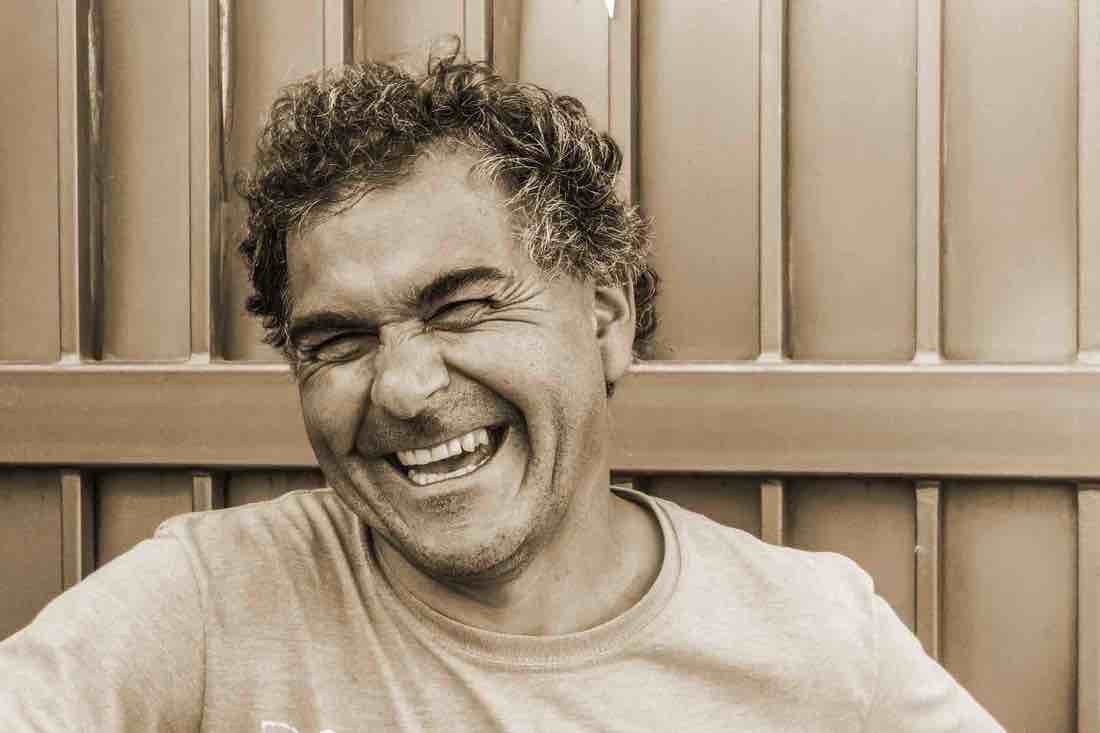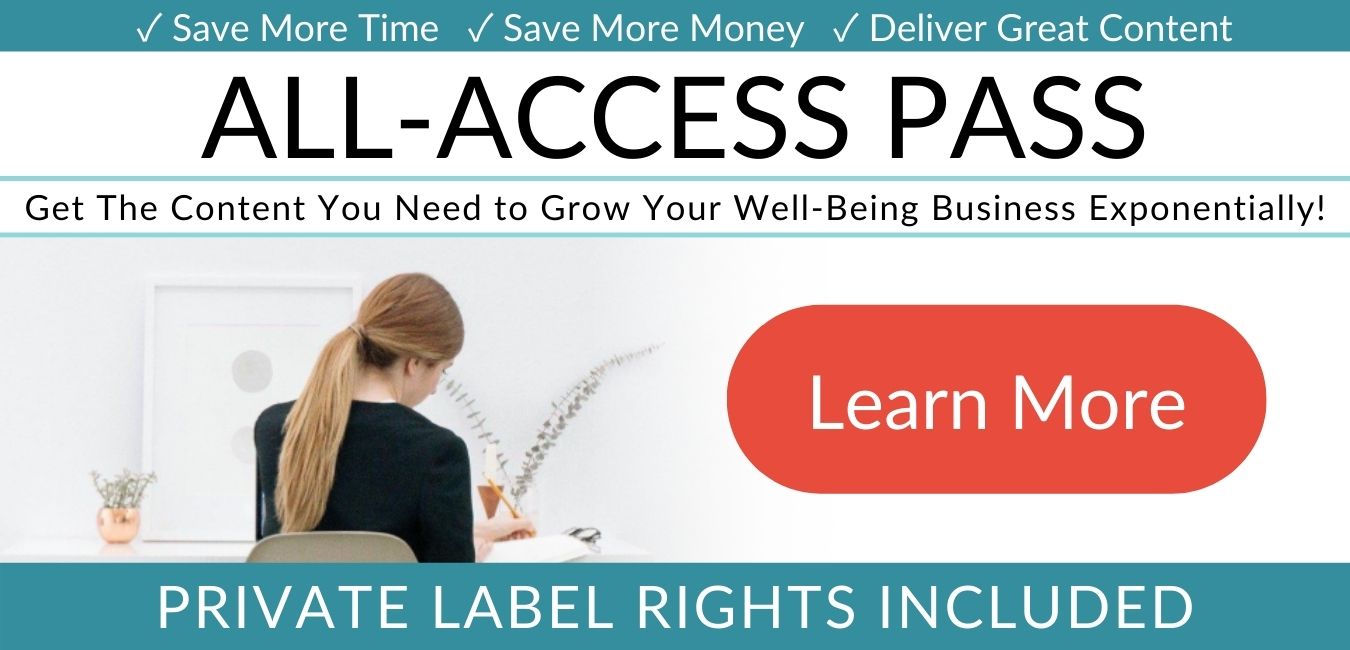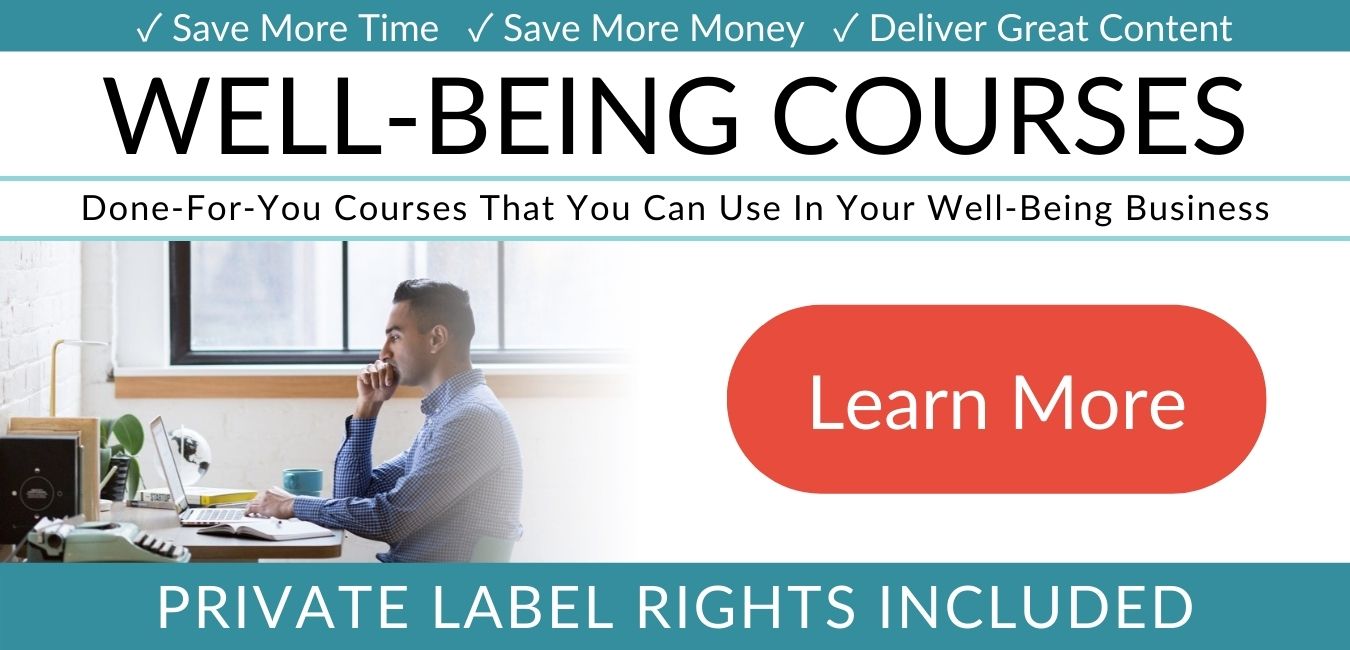Emotion Regulation: Definition + 21 Strategies to Manage EmotionsWhat is emotion regulation? What can you do to regulate your emotions? Here are science-based, high-impact emotion regulation strategies you can start using today.
*This page may include affiliate links; that means I earn from qualifying purchases of products.
What Is Emotion Regulation? (Emotion Regulation Definition)Emotion regulation is defined as the ability to affect one's own emotional state. It can involve either increasing positive emotion, decreasing negative emotion, or both. Emotion regulation is sometimes considered to be a type of coping mechanism, as it is often used in response to stress. Generally, emotion regulation means changing your thoughts or behaviors, sometimes in conscious and sometimes in unconscious ways. For example, both focusing on the silver linings in a situation and removing yourself from a difficult situation are considered to be types of emotion regulation. Generally, when you regulate your emotions with healthy strategies, you feel better and can more quickly recover from stressful experiences. And, when you regulate your emotions with unhealthy emotion regulation strategies, you feel better for a short while and then worse later on.
Are You a Therapist, Coach, or Wellness Entrepreneur?
Grab Our Free eBook to Learn How to
|
Are You a Therapist, Coach, or Wellness Entrepreneur?
Grab Our Free eBook to Learn How to Grow Your Wellness Business Fast!
|
Terms, Privacy & Affiliate Disclosure | Contact | FAQs
* The Berkeley Well-Being Institute. LLC is not affiliated with UC Berkeley.
Copyright © 2024, The Berkeley Well-Being Institute, LLC
* The Berkeley Well-Being Institute. LLC is not affiliated with UC Berkeley.
Copyright © 2024, The Berkeley Well-Being Institute, LLC




